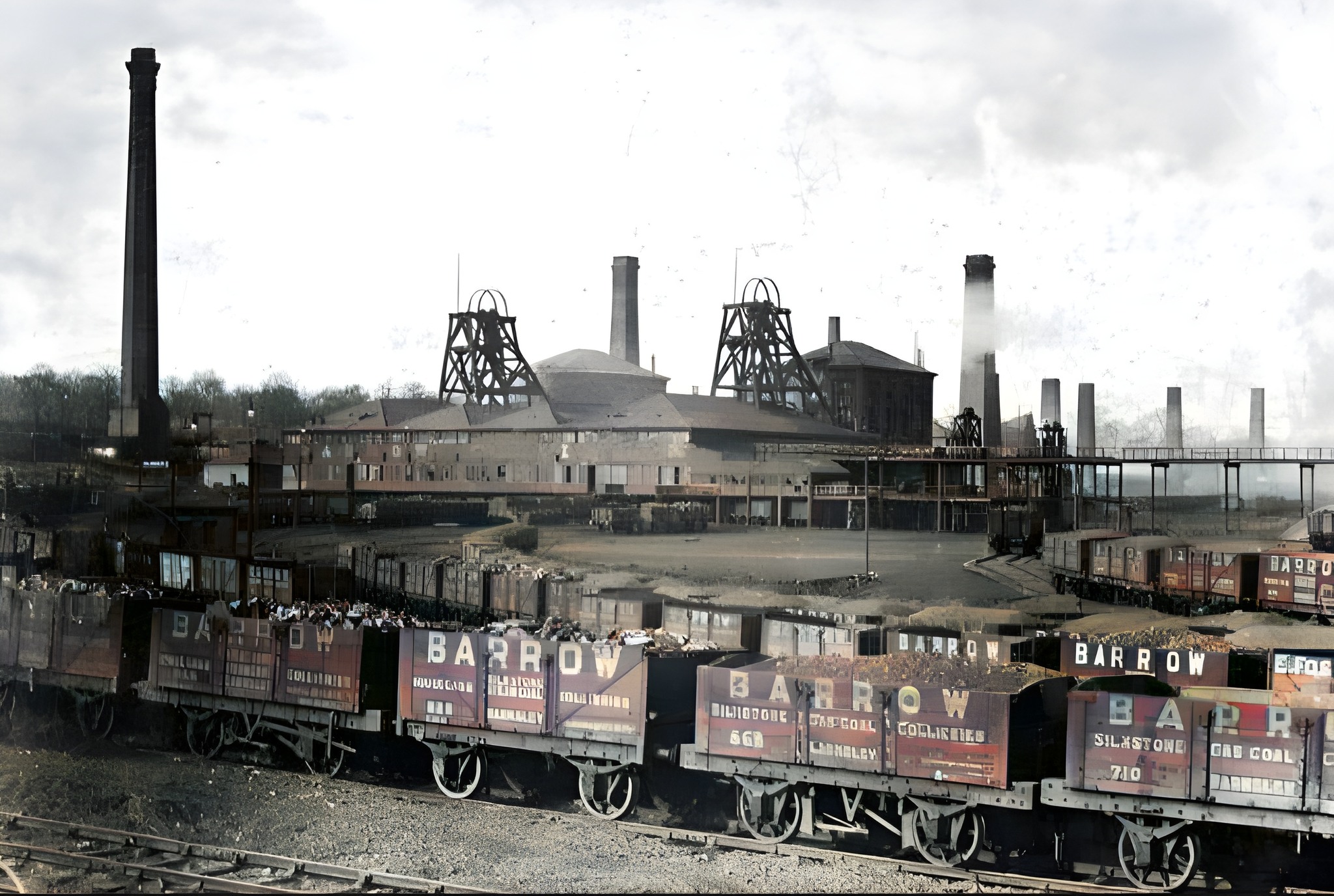 >
>
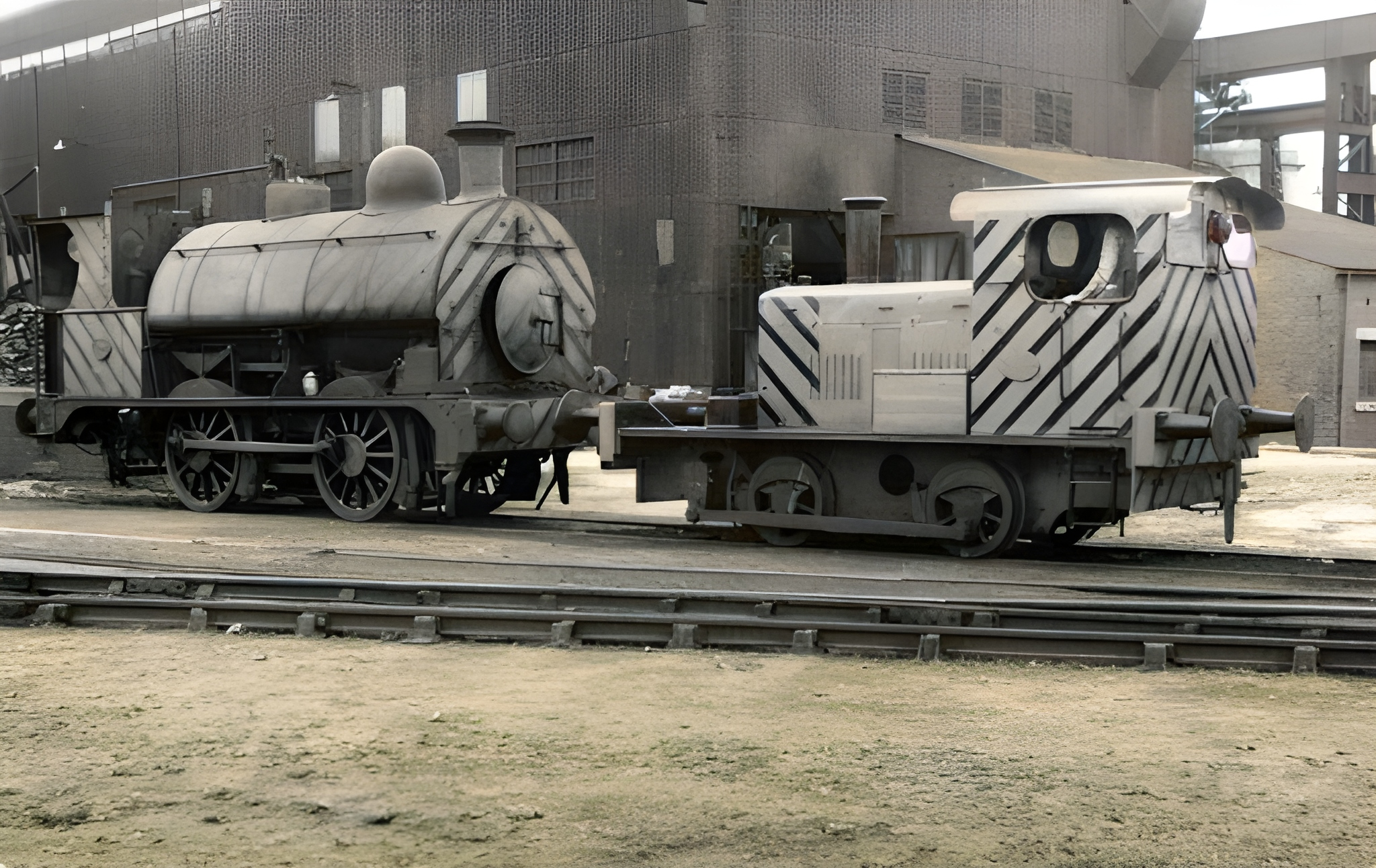 >
>
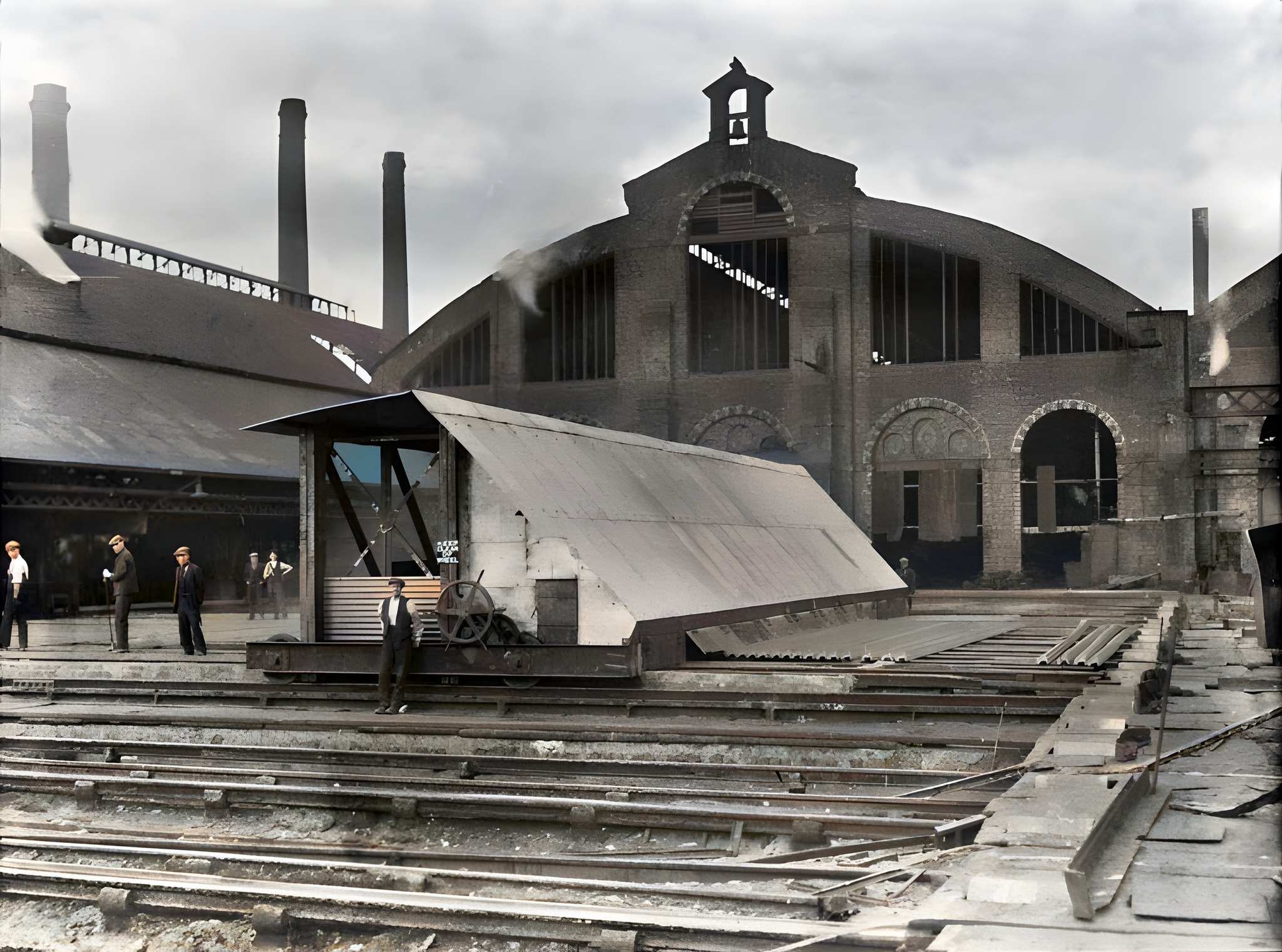 >
>
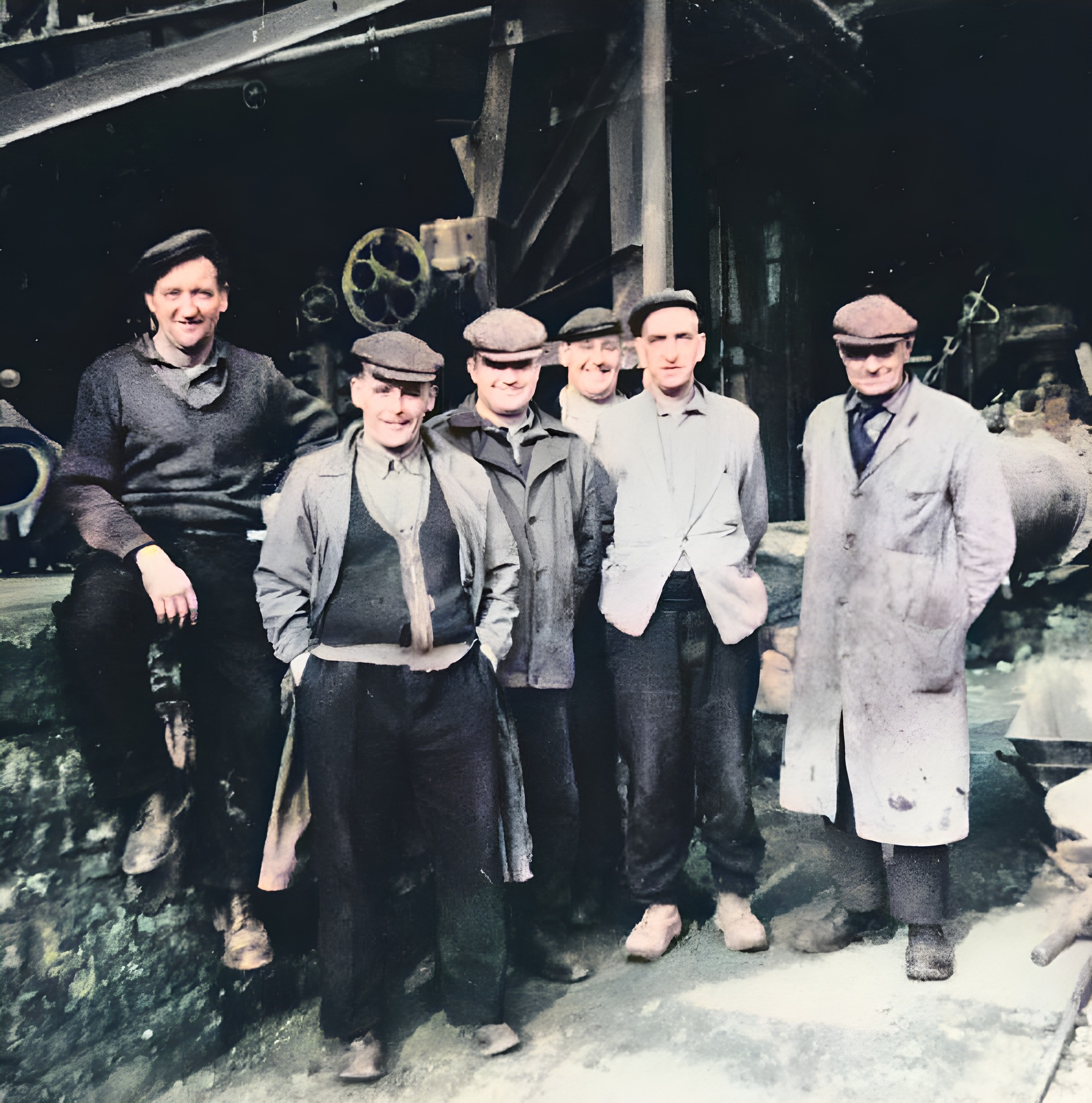 >
>
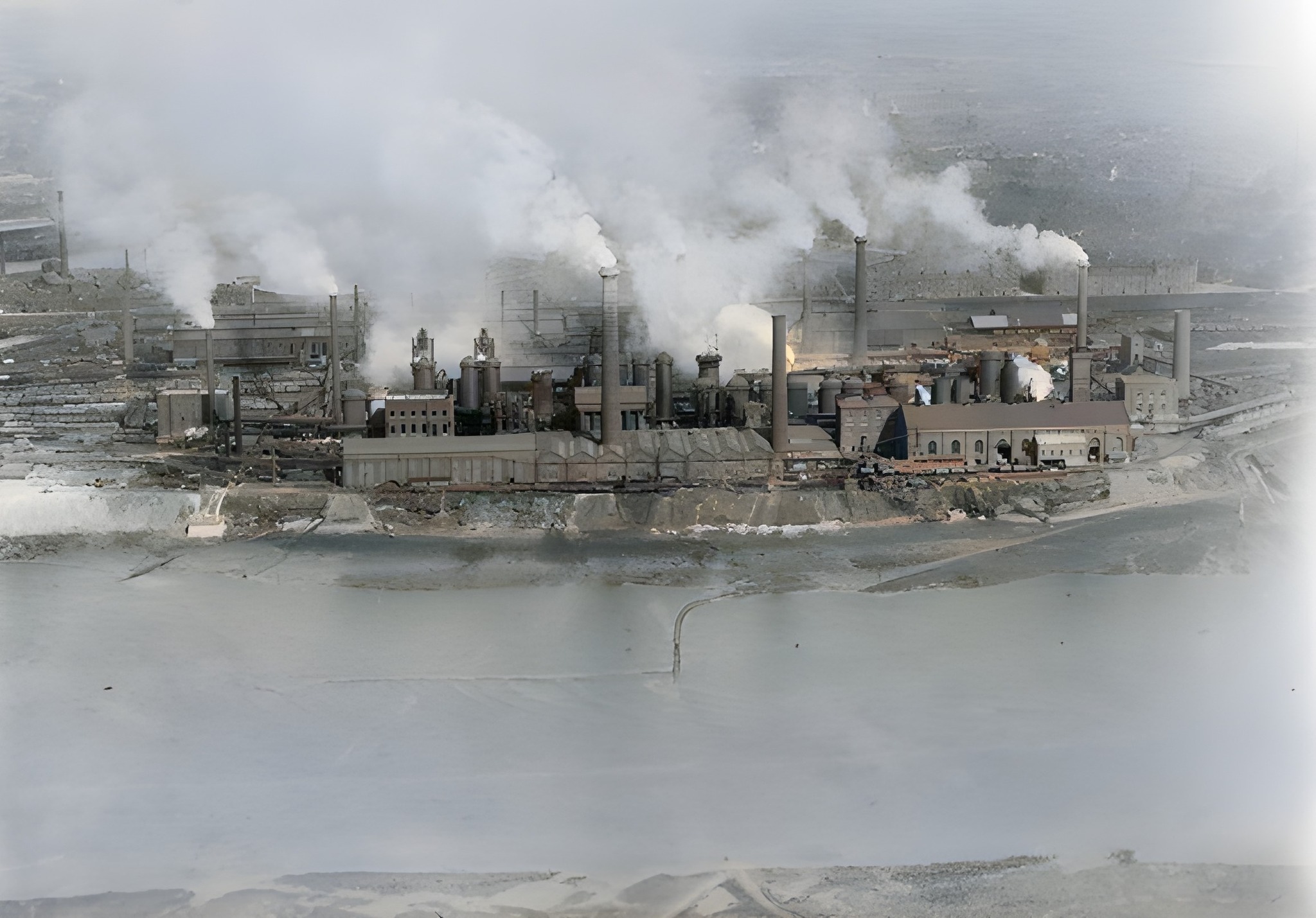 >
>
The Iron Heart of Barrow: A Symphony of Fire and Steel The air in Barrow-in-Furness crackled with the energy of a new era. The year was 1859, and amidst the rolling green hills of Cumbria, where the wind whipped off the Irish Sea carrying the scent of salt and heather, a titan was rising. The discovery of haematite, its raw ore gleaming like blood against the earth, had ignited a fire in the hearts of industrialists. By 1867, the Barrow Haematite Steel Company was born, and with it, the Barrow Steelworks, a monument to ambition and iron will. Imagine the scene in the 1870s: a symphony of fire and steel, the clang of hammers against metal, the hiss of steam, and the roar of the furnaces, their fiery breath illuminating the night sky with an infernal glow. Sparks showered the darkness like a constellation of man-made stars, casting dancing shadows on the faces of the workers, their skin grimed with sweat and coal dust. Men flocked from across the land, drawn by the promise of work and the allure of this industrial frontier. The town swelled, its streets echoing with the clatter of boots and the murmur of a thousand languages. From the depths of these fiery cauldrons emerged the lifeblood of an empire. Throughout the late 19th and early 20th centuries, steel, molten and incandescent, poured into moulds, taking shape as mighty battleships – like the HMS Devonshire, launched in 1904 – and graceful ocean liners. These leviathans, forged in the heart of Cumbria, sailed forth from Barrow's bustling docks, carrying the town's name and the nation's might to the farthest corners of the globe. The scent of coal smoke mingled with the tang of the sea, a testament to Barrow's dominion over both land and wave. But the path of progress was not always smooth. The steelworks, like a living organism, endured periods of feast and famine, weathering the economic storms of the Great Depression in the 1930s and the technological upheavals of the post-war era. Yet, through it all – even through the nationalisation of the industry in 1967 – the spirit of innovation burned bright, the workers and engineers adapting, evolving, and pushing the boundaries of what was possible. However, the tides eventually turned against the steelworks. Despite the resilience of its people, the furnaces were finally silenced in 1984, marking the end of an era. Today, in the 21st century, the roar has been replaced by the whisper of the wind through the skeletal remains of the works. Rust creeps over the silent machinery, a poignant reminder of a bygone era. But the legacy of Barrow Steelworks lives on, etched in the landscape, in the very bones of the town, and in the hearts of its people. It stands as a testament to human endeavour, a monument to the men and women who, with sweat and toil, forged a future from the fire.